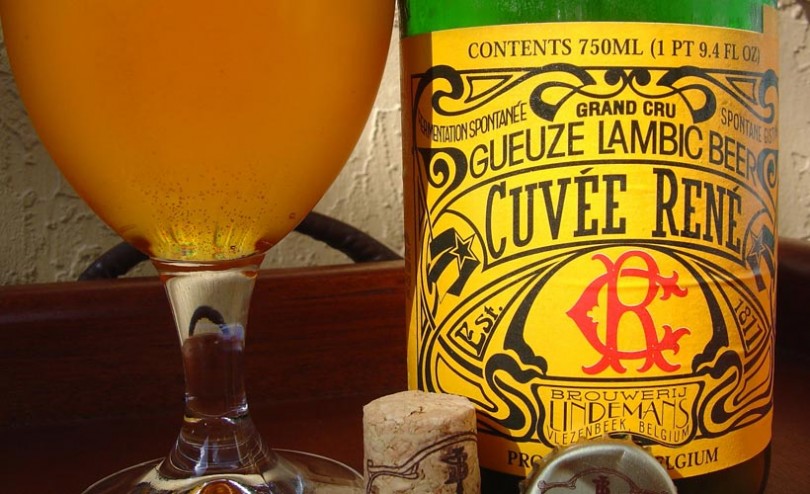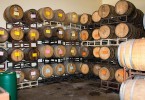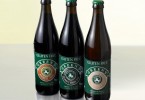What is yeast intolerance?
Yeast intolerance is a disease about which people don’t know that much, but it is so spread among the people that it requires the creation of products perfect for who suffers of this kind of disease.
With the words “yeast intolerance” we mean a dysbiosis of the intestinal flora with an increase of the Candida Albicans, a type of fungus. This cell is naturally available in our body so if there’s a low quantity of this cell, it isn’t a problem or danger. However, sometimes, the Candidas Albicans’ cells increase, causing reactions classified as yeast intolerances.
With the words “yeast intolerance” we mean a dysbiosis of the intestinal flora with an increase of the Candida Albicans, a type of fungus. This cell is naturally available in our body so if there’s a low quantity of this cell, it isn’t a problem or danger. However, sometimes, the Candidas Albicans’ cells increase, causing reactions classified as yeast intolerances.
Which parts of the beer can be dangerous for the intolerants?
The beer, besides being dangerous for the yeasts intolerant and allergic, is on the list of the less advisable food for who suffers from celiac disease. They aren’t able to digest the amid, a substance that macerate in the water, also as simple grain, before the fermentation process. For this reason, a specific beer has been created to match the celiac needs, gluten free and, for this reason, easy to be digested by the intolerants as well.

Which beer can the yeast intolerant drink?
There are always more yeasts free products in the traditional supermarkets, given that the percentage of the yeast intolerant has increased. In fact thanks to the development of new analysis techniques it is possible to reveal this problems with simple medical tests. This allows who suffers from this disease to not give up with that kind of food that causes them so many problems.
It is the same, both for pasta and bread and for the beer. There is, in fact, the lambic, a beer obtained through a production techniques without yeasts, but it takes advantage of a spontaneous fermentation.
It is the same, both for pasta and bread and for the beer. There is, in fact, the lambic, a beer obtained through a production techniques without yeasts, but it takes advantage of a spontaneous fermentation.
The lambic beer, suitable also for who can’t drink beer.

The lambic is, still today, an elite product, difficult to find in our shops or supermarkets, given that its production isn’t spread worldwide. Belgium is the only country, more precisely in the Payottenland region, in the southern part of Brussels, which boasts a great production of this particular type of beer. Nevertheless, in numerous parts of Europe, there are beers, which use the same process at the base of the lambic, called lambic-style or plambic, which mean a pseudo-lambic.
The lambic beer differs from the traditional ales and lager for the use of the yeast, that the latter choose for a perfect fermentation process. In the lambic, this process is obtained naturally. The beer is in close contact with wild yeasts and bacteria that characterize the Senne’s valley, where Brussels is situated.
The lambic beer differs from the traditional ales and lager for the use of the yeast, that the latter choose for a perfect fermentation process. In the lambic, this process is obtained naturally. The beer is in close contact with wild yeasts and bacteria that characterize the Senne’s valley, where Brussels is situated.
A lambic beer for every taste
The lambic is characterized by a wine and dry taste, with a sour aftertaste, similar to the cider. To make it more pleasant to the palate, it is mixed with fruity syrups, creating different beers according to their appearance and their flavour. The framboise, for example is realized adding raspberry syrup; instead, sugaring the drink it is possible to try the “faro”, whereas the black cherries transform it in a kriek.
Finally, there is the famous lambic gueuze, obtained mixing an aged lambic (at least one year of ageing) with another older lambic. After this, the drink is bottled and a second fermentation occurs thanks to the presence of fermentable sugars in the youngest beer. The gueuze has to be preserved in a horizontal position, on the contrary of the traditional beers that are placed vertically; in addition, it is served in champagne bottles, with cork stopper and iron net. The second fermentation, in fact, enhance the quantity of carbon dioxide and, consequently, there is the possibility that the stopper can’t face the pressure.
Finally, there is the famous lambic gueuze, obtained mixing an aged lambic (at least one year of ageing) with another older lambic. After this, the drink is bottled and a second fermentation occurs thanks to the presence of fermentable sugars in the youngest beer. The gueuze has to be preserved in a horizontal position, on the contrary of the traditional beers that are placed vertically; in addition, it is served in champagne bottles, with cork stopper and iron net. The second fermentation, in fact, enhance the quantity of carbon dioxide and, consequently, there is the possibility that the stopper can’t face the pressure.
Fonti Immagini:
http://www.viveredonna.it/intolleranza-lieviti-la-dieta-senza-lieviti/
http://it.wikipedia.org/wiki/Lambic
http://it.wikipedia.org/wiki/Gueuze
http://www.viveredonna.it/intolleranza-lieviti-la-dieta-senza-lieviti/
http://it.wikipedia.org/wiki/Lambic
http://it.wikipedia.org/wiki/Gueuze







